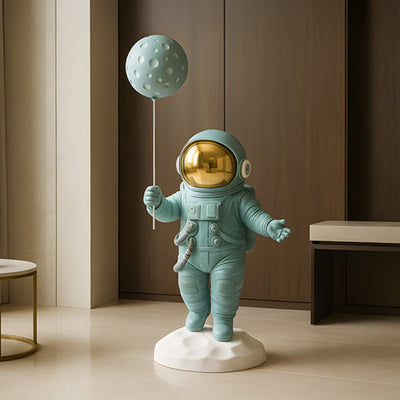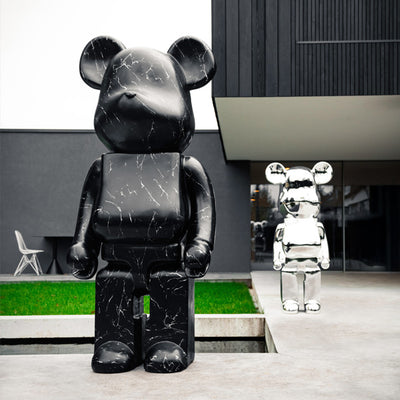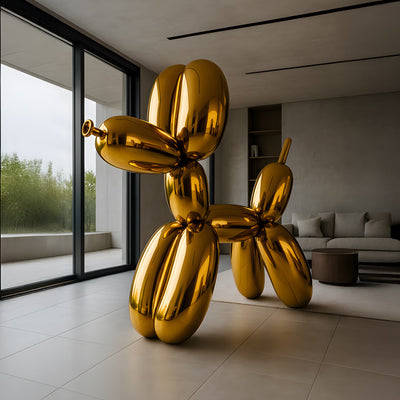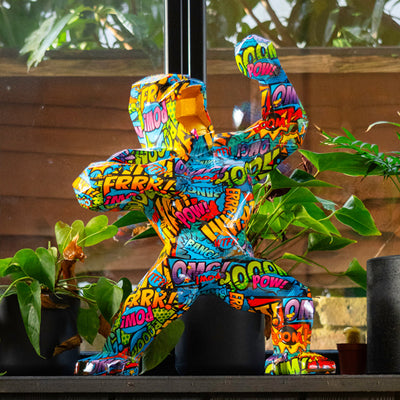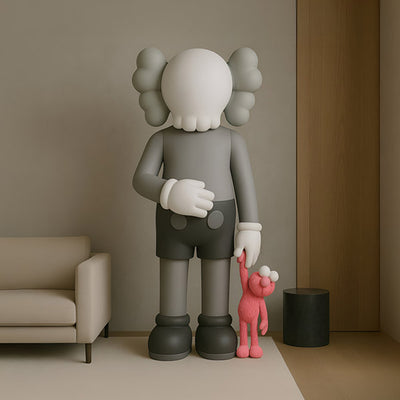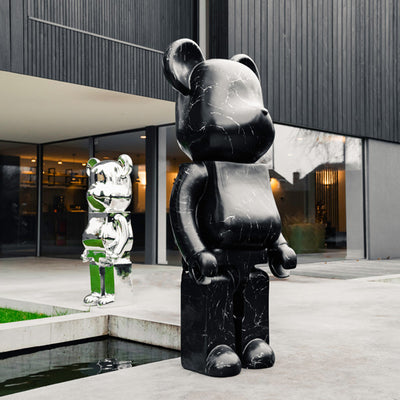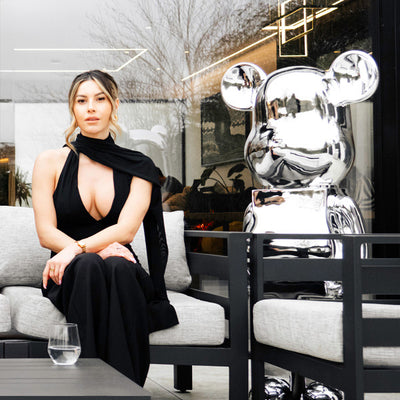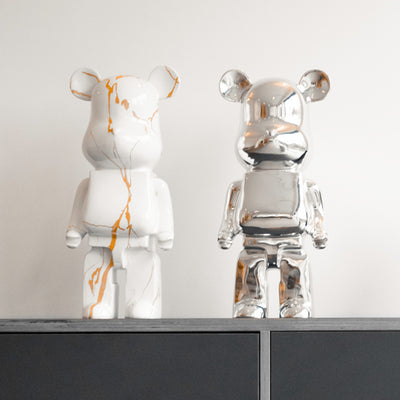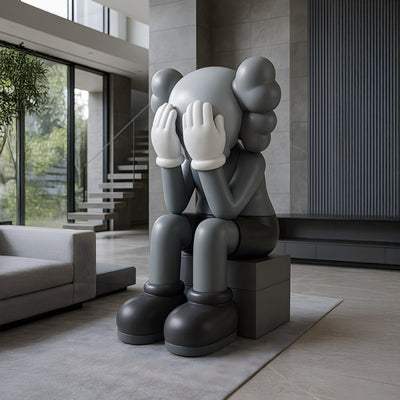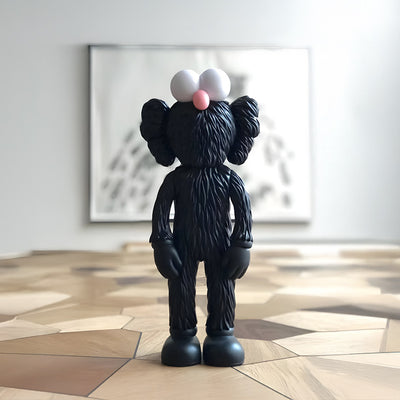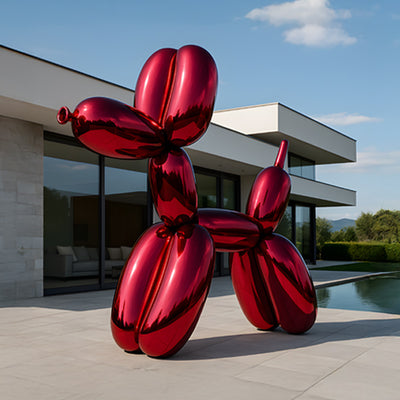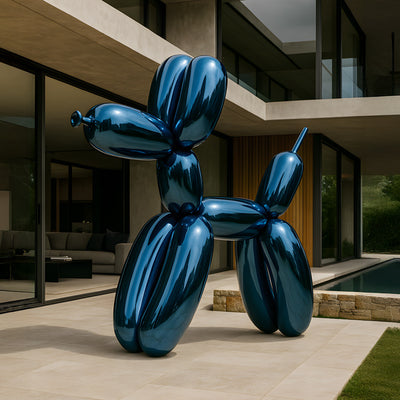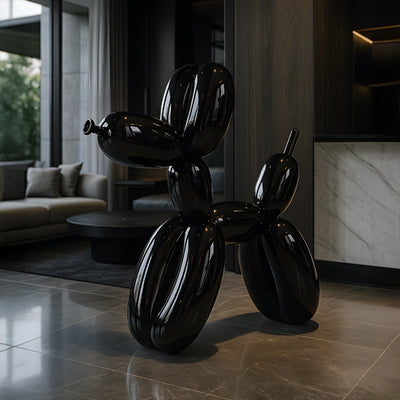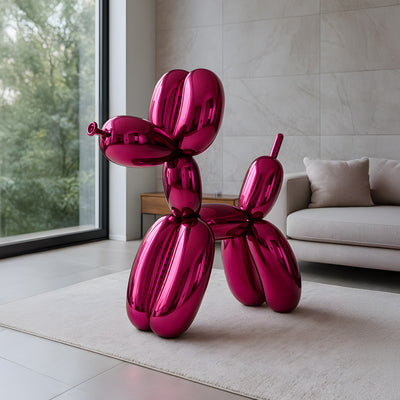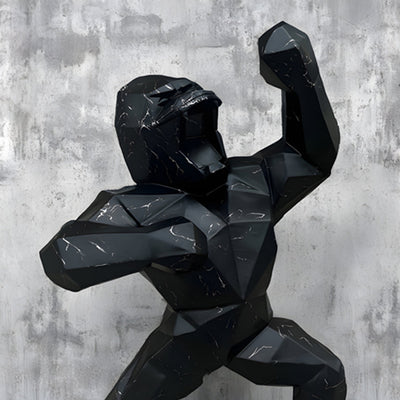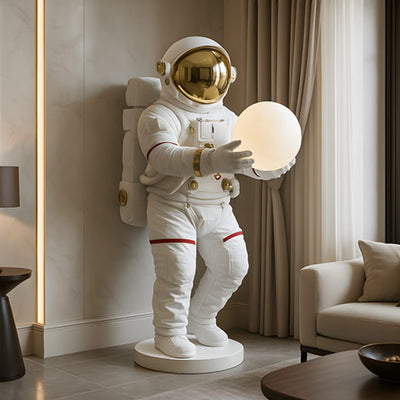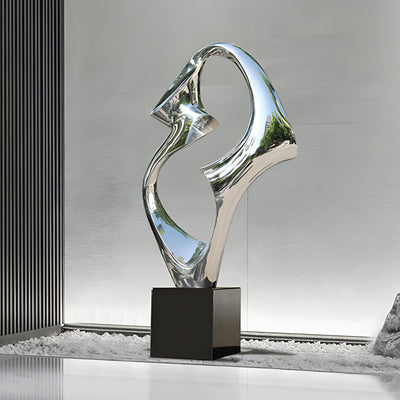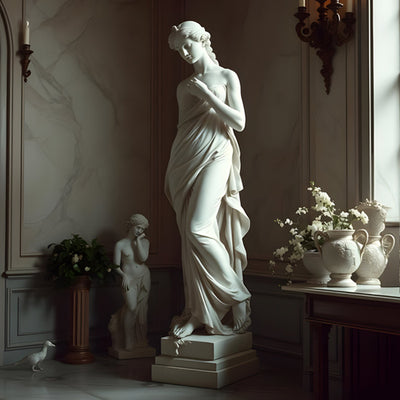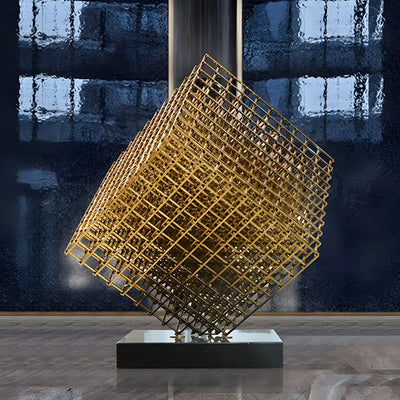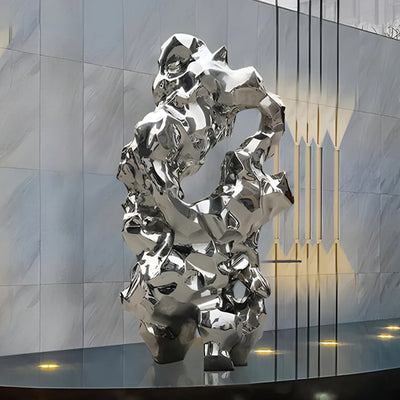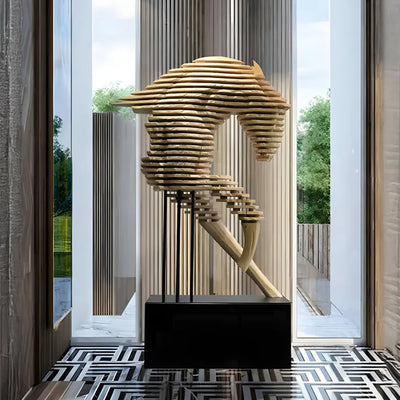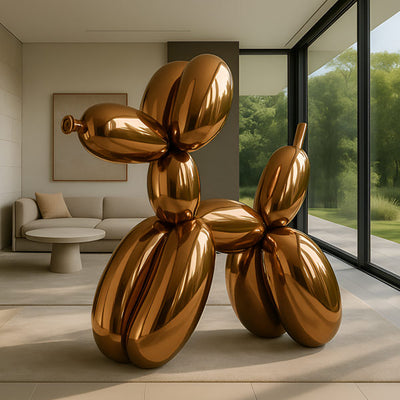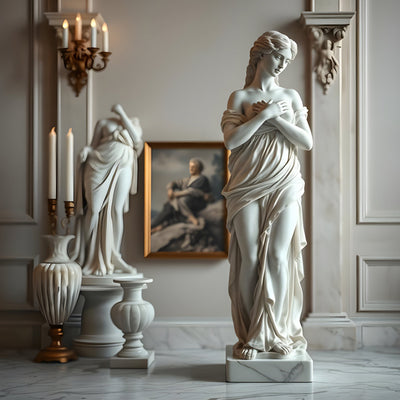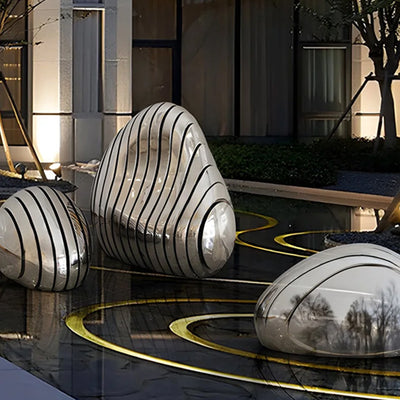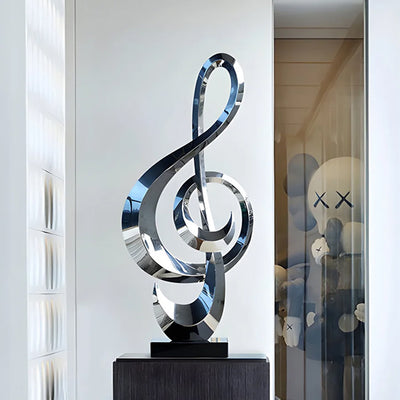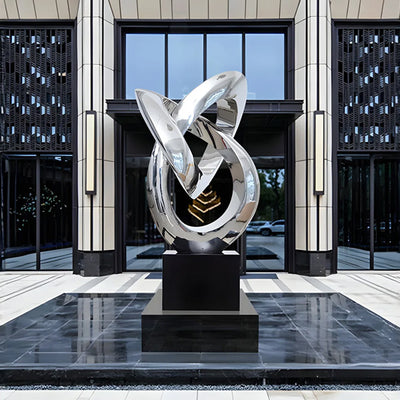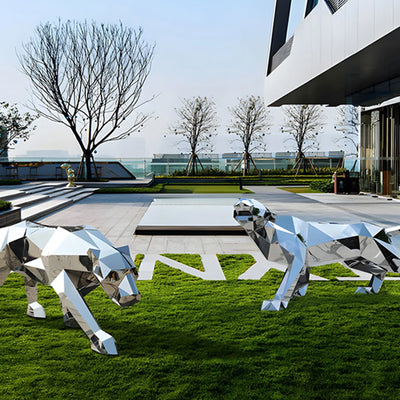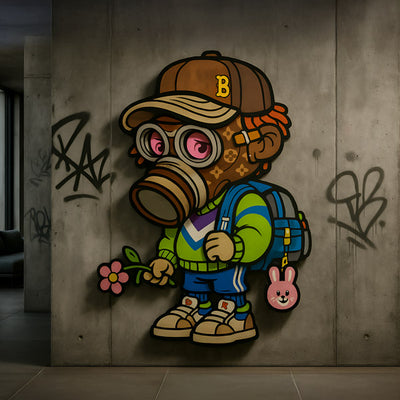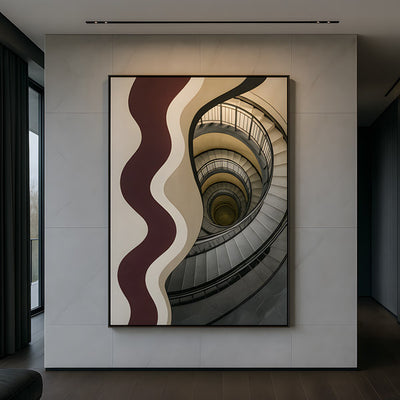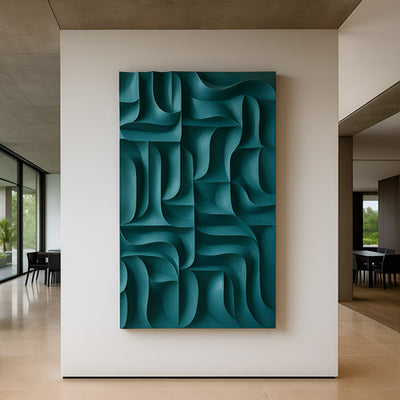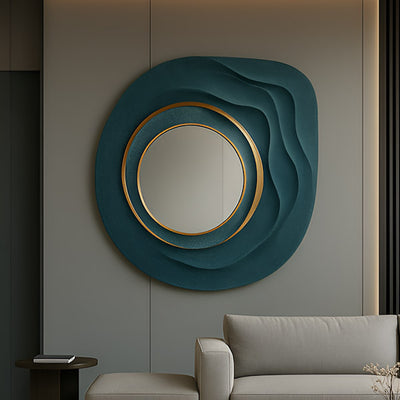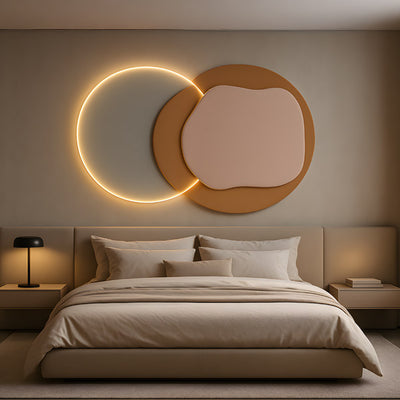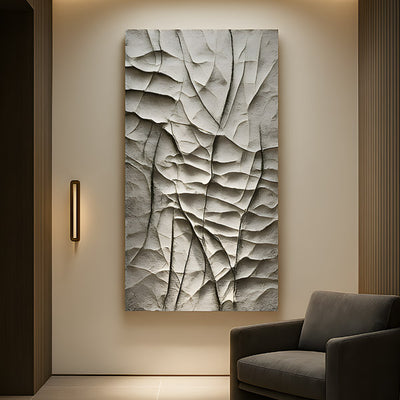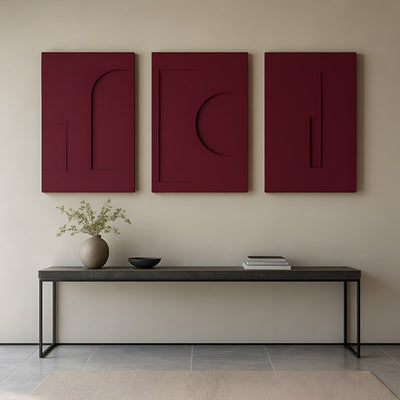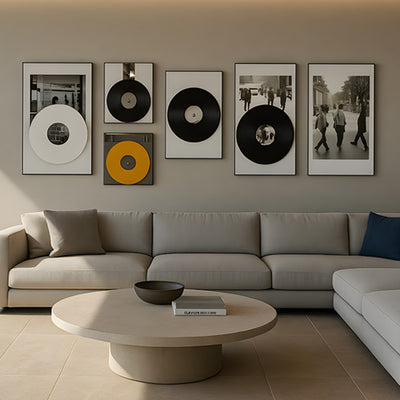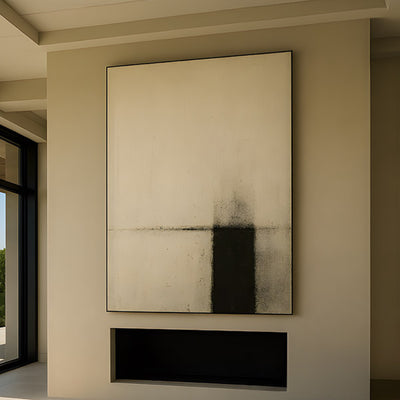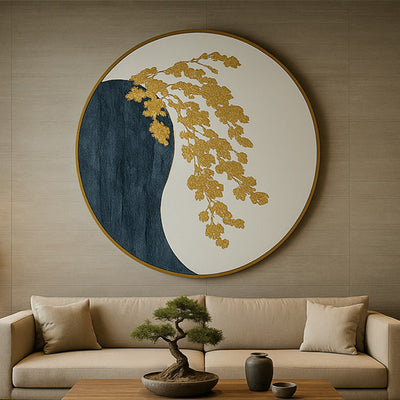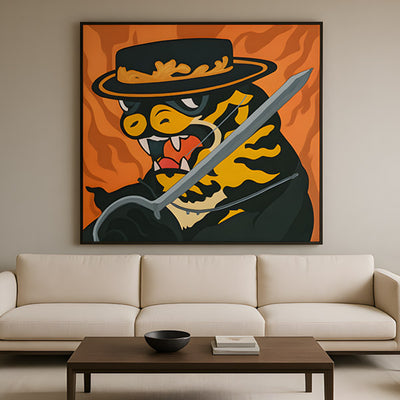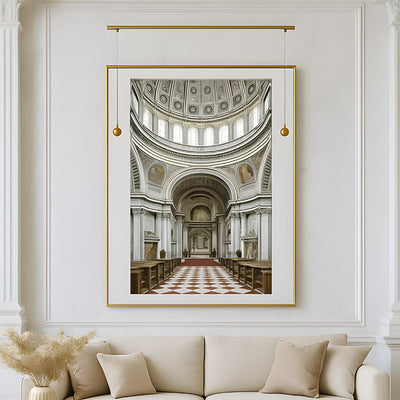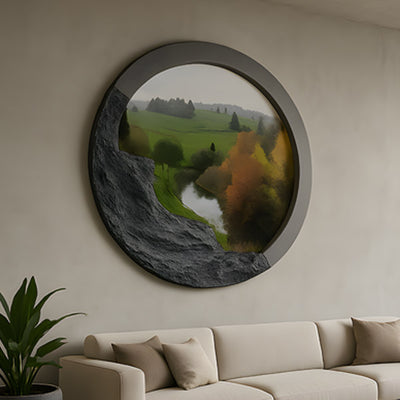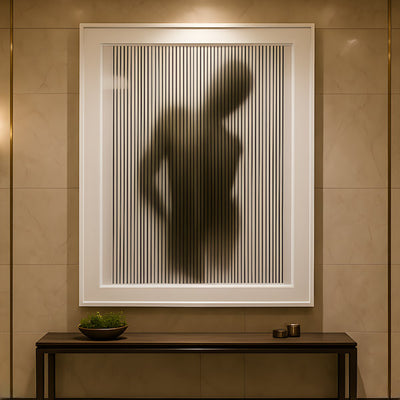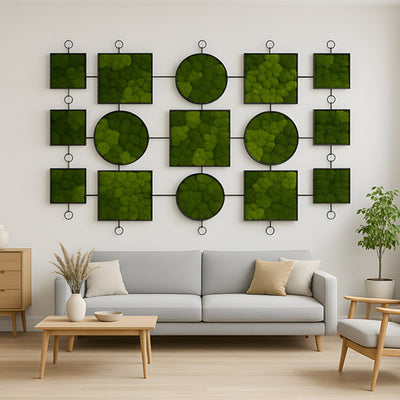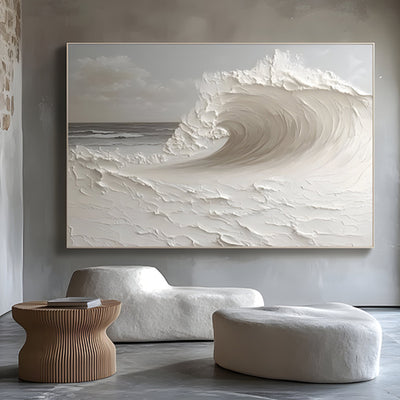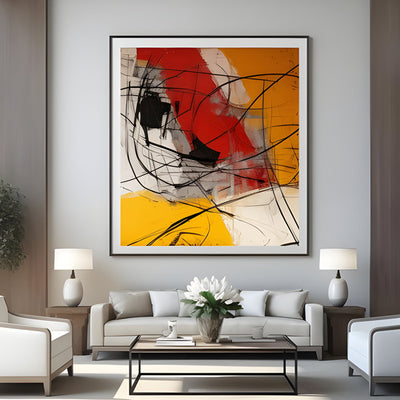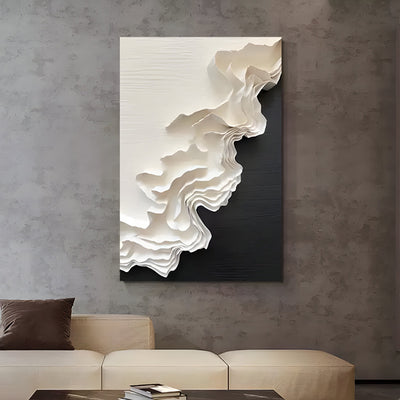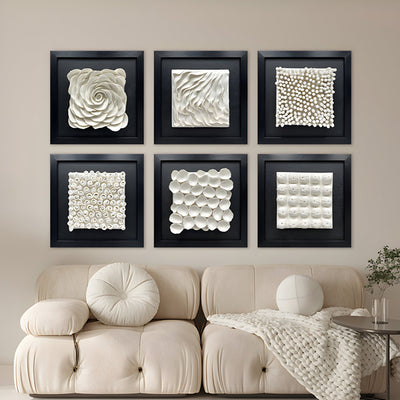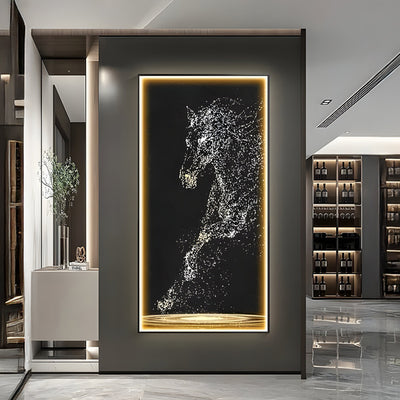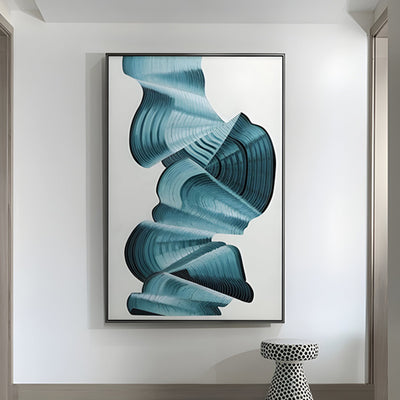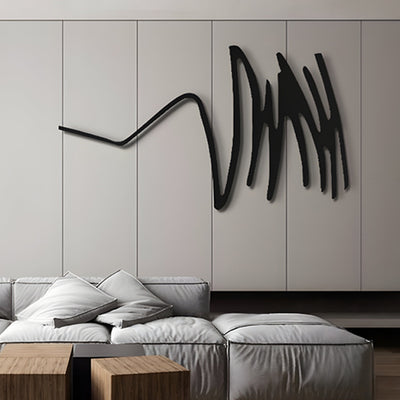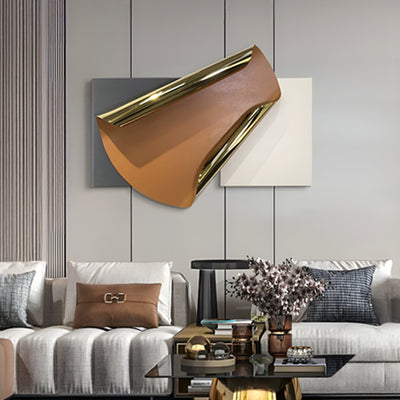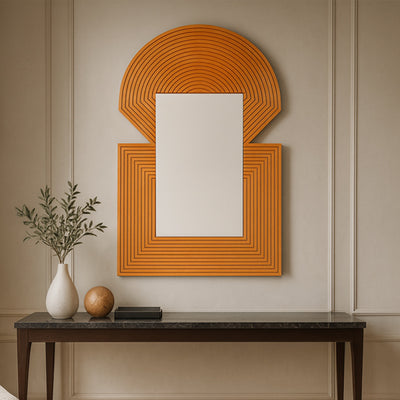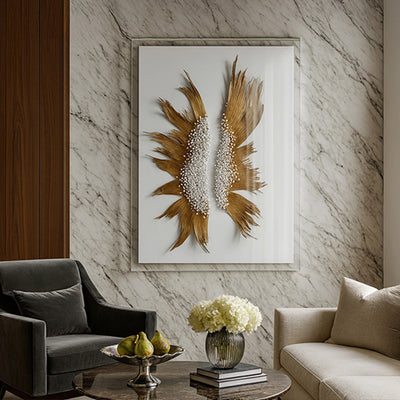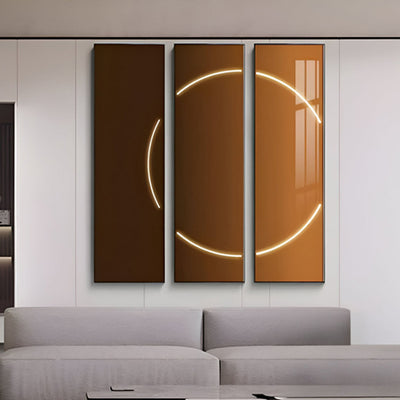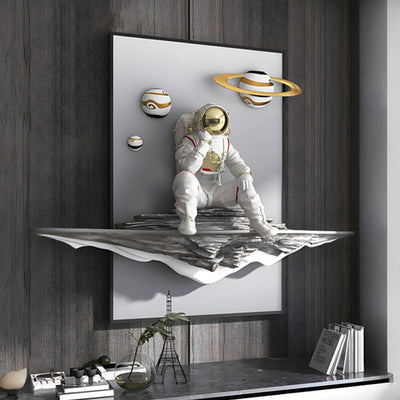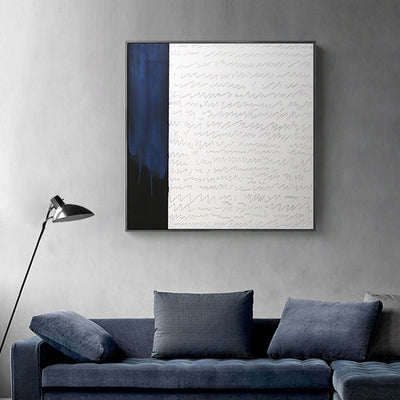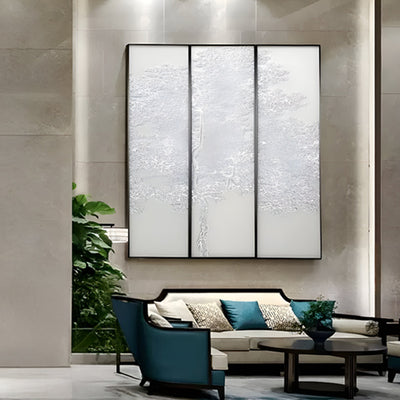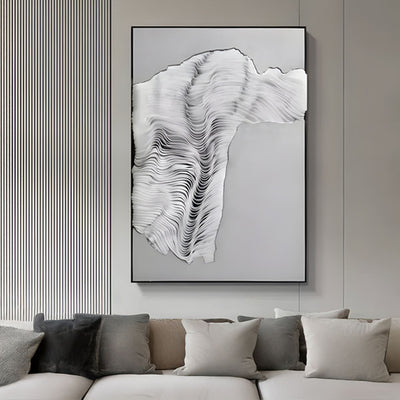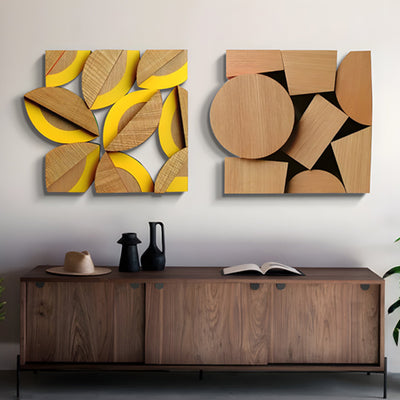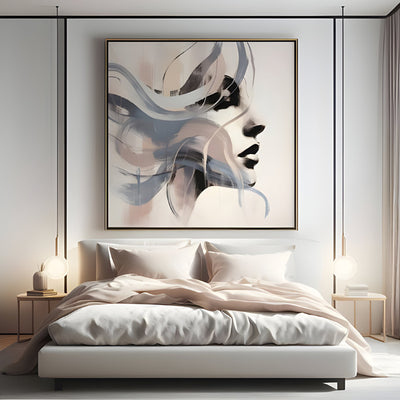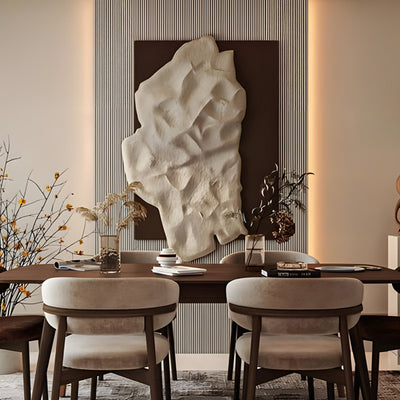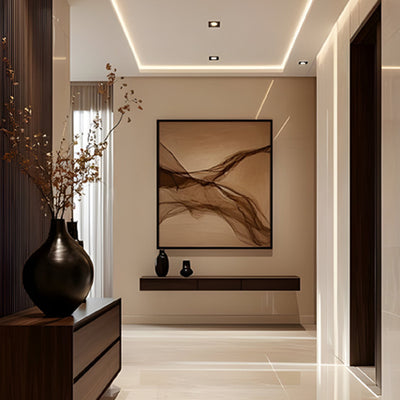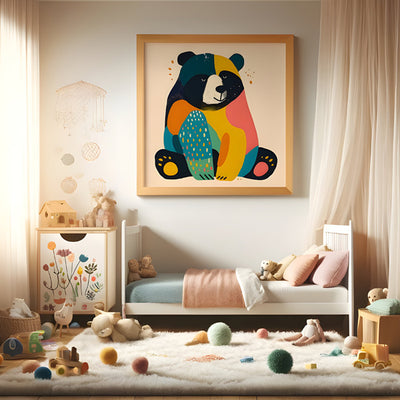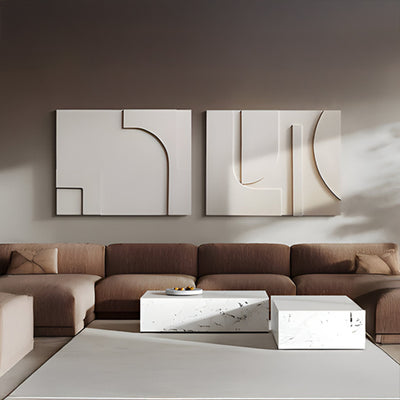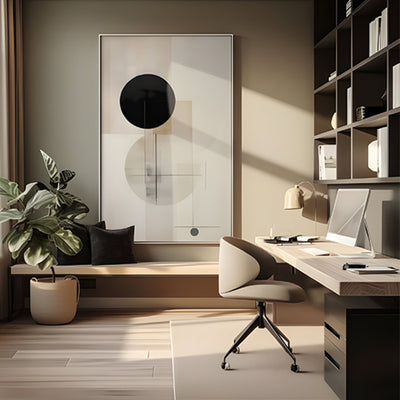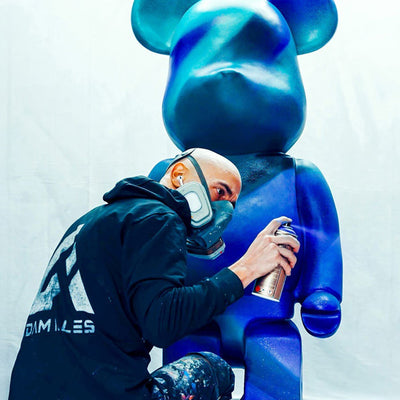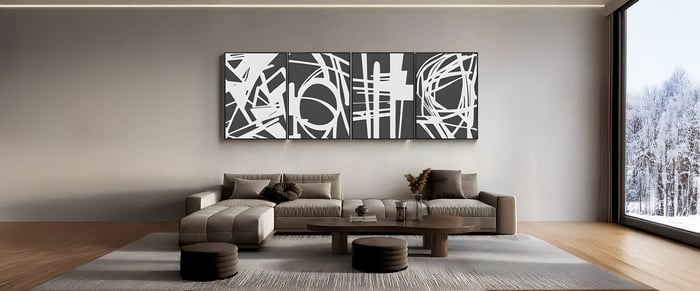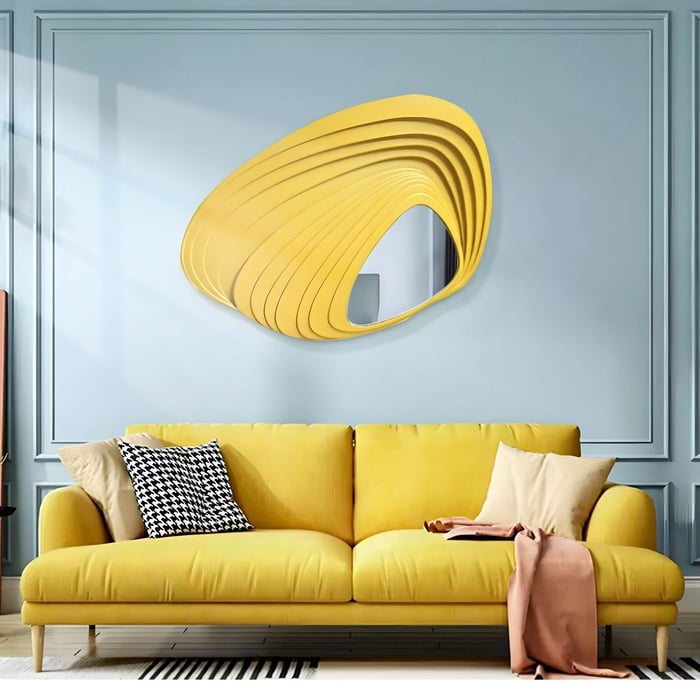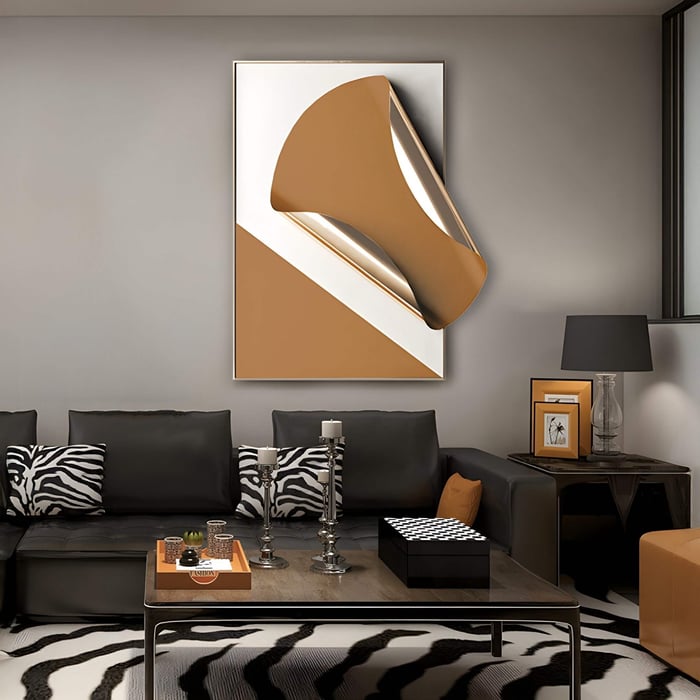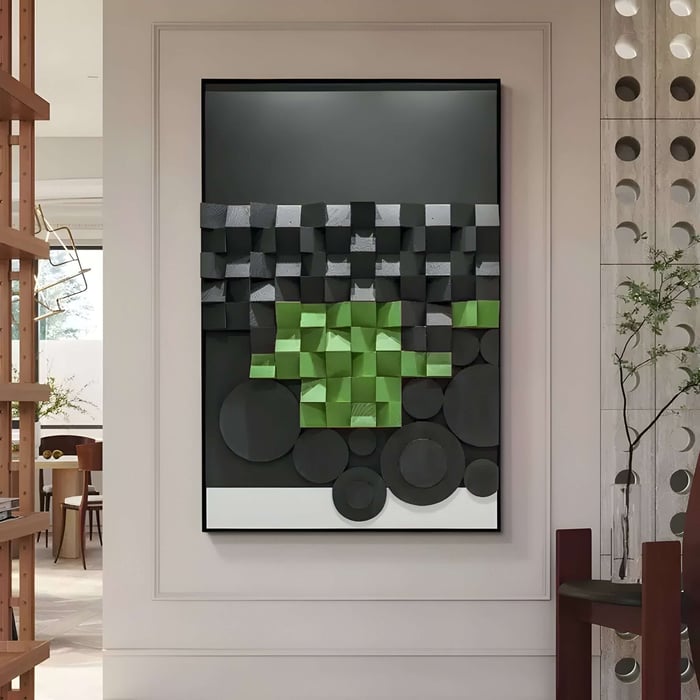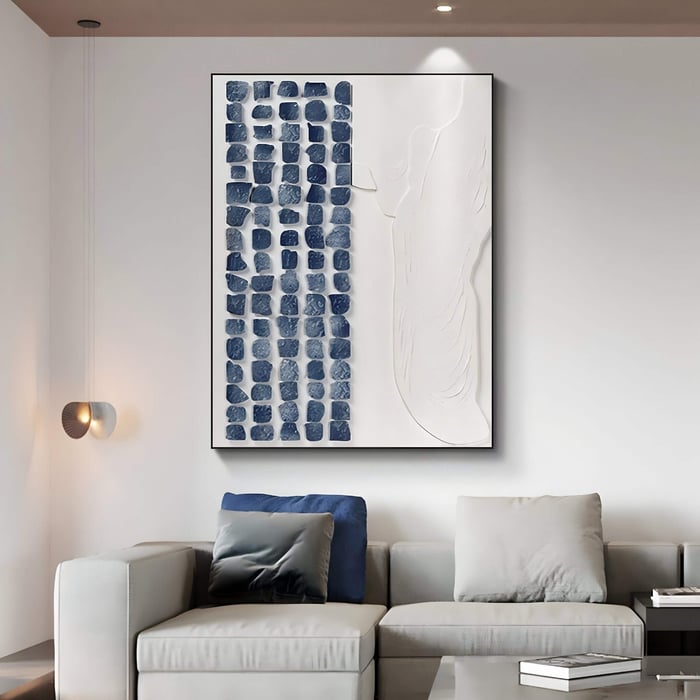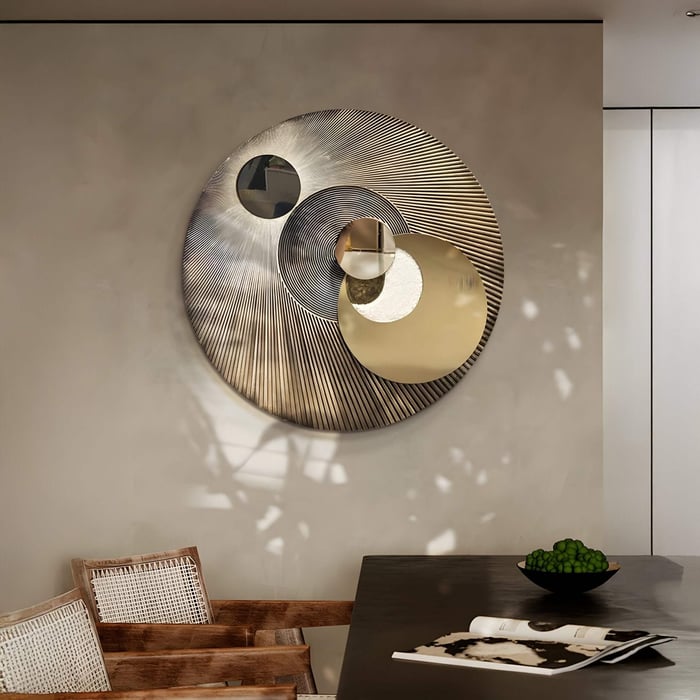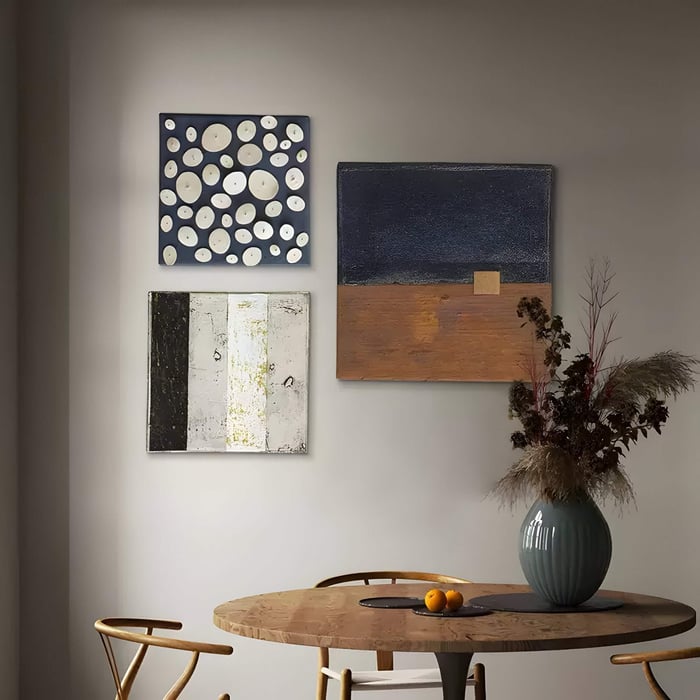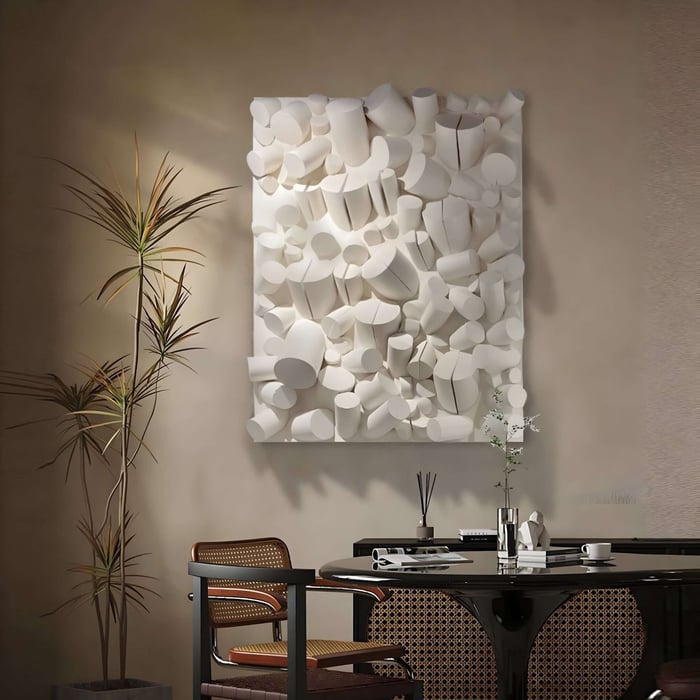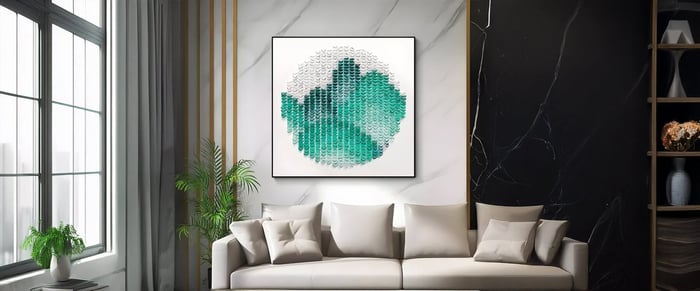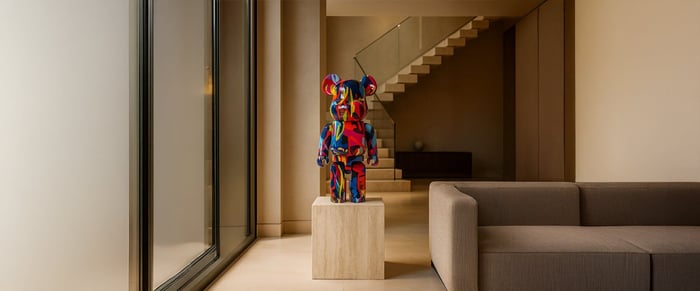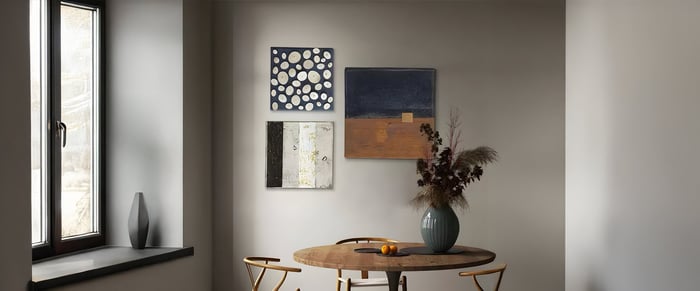Table of Contents
- Introduction - Why Wood Comes Alive in Contemporary Abstract Art
- Trends in Abstract Wood Art You Should Know
- Materials & Techniques Behind Abstract Wood Art
- Standout Artists & Works in Abstract Wood Art
- How to Choose Abstract Wood Art for Your Space
- Styling & Placement Tips for Maximum Impact
- Caring for Abstract Wood Art
- Conclusion - Why Abstract Wood Art Speaks a Silent Story
- FAQs
Introduction - Why Wood Comes Alive in Contemporary Abstract Art
Few materials carry the same tactile warmth and timeless character as wood. Its natural grain, rich tones, and inherent imperfections create a foundation for artworks that feel alive. In contemporary settings, wood has moved beyond craft into the realm of fine wood art, where abstract forms meet modern design sensibilities.
Abstract wood art embraces both minimal and intricate expressions. From sculptural wall panels with geometric precision to organic carved textures that echo nature, timber becomes a canvas for storytelling. This article explores how wood is shaping today’s abstract art world, covering trends, techniques, artists, and tips on selecting and styling pieces that resonate in modern interiors.
Trends in Abstract Wood Art You Should Know
Contemporary wood paintings evolves at the crossroads of tradition and innovation. Some standout trends include:
Relief carving & patterned carved wood walls: Artists and designers are reintroducing relief techniques, creating deep textures that cast dramatic shadows. These works transform flat surfaces into immersive, tactile installations.
Biophilic abstraction: Inspired by leaves, bark, and natural fractals, these works reflect the rise of organic art trends, linking interiors to nature through form and pattern.
Mixed media and sustainability: With environmental awareness growing, sustainable wood artwork is at the forefront. Recycled timbers, natural oils, and eco-conscious finishes define this direction. Mixed media art panels often pair wood with resin, stone, or textiles, broadening artistic possibilities.
Oversized wooden panels & feature walls: A single artistic wood feature wall can anchor a space. Designers use modern wood abstract art panels as bold statements in hotels, galleries, and homes.
These trends show how wood moves seamlessly between rustic authenticity and modern minimalism.
Materials & Techniques Behind Abstract Wood Art
The diversity of materials and craftsmanship defines the appeal of wood-based abstraction.
Wood Types
Hardwoods (oak, walnut, teak): Dense, durable, and rich in tone, perfect for abstract timber carvings.
Softwoods (pine, cedar): Softer grains suitable for lighter carvings and wall panels.
Reclaimed timber: Offers aged patinas and irregularities, valued in sustainable wood artwork.
Finishes & Surface Treatments
Natural finishes: Highlight the inherent wood grain texture art, celebrating knots and imperfections.
Stains and polishes: Add depth, from honey tones to deep espresso hues.
Charred finishes (Shou Sugi Ban): Japanese-inspired burning technique that creates striking black surfaces with protective qualities.
Techniques
Carving & relief: Adds depth through subtraction, producing shadow-rich surfaces.
Laser cutting: Creates precision geometric wood wall décor.
Inlay or intarsia: Contrasting timbers are combined to form abstract mosaics.
Layering & 3D assembly: Panels overlap or protrude, emphasising 3D art qualities.
When artists combine timber with resin or metal, the result is modern wood abstract art panels that feel both ancient and futuristic.
Standout Artists & Works in Abstract Wood Art
Abstract wood relief art thrives because of the vision of contemporary creators.
Bahk Jong-sun: Known for minimalist wooden forms, often inspired by traditional Korean furniture. His works show how restraint and line can transform humble timber into refined modern art.
Han Hsu-Tung: Famous for “pixelated” abstract timber carvings, blending realism with digital-inspired fragmentation. His sculptures challenge viewers to see wood in new contexts.
Public art collectives: Many installations use wood relief art for large-scale architectural features, bridging fine art and design. Patterned walls, seen in luxury interiors, create immersive environments.
Sonia Gomes: Though primarily textile-focused, she incorporates found wood and objects in mixed-media works, telling layered stories that resonate with the ethos of contemporary wood wall art.
These artists remind us that timber can be both grounded in tradition and experimental in form.
How to Choose Abstract Wood Art for Your Space
Selecting the right piece of contemporary wood wall art is as much about the environment as the artwork itself.
Scale & proportion: For large living rooms, oversized panels or artistic wood feature walls work best. Smaller spaces benefit from compact carvings or custom wood abstract art paintings.
Colour tone & wood finish: Match the natural timber tone to your décor. Light oak brightens minimal interiors, while walnut suits darker, moodier palettes.
Texture & relief: Smooth polished panels feel modern, while rugged, textured carvings lend rustic depth.
Stylistic match: Minimalist homes pair well with geometric art wall décor, while eclectic or rustic spaces embrace organic textures.
Ultimately, the piece should resonate emotionally as much as visually.
Styling & Placement Tips for Maximum Impact
Placement determines how effectively modern wood abstract panels enhance your space.
Feature walls: Use large wooden panels as centrepieces behind dining tables, beds, or in entryways.
Above furniture: Place mid-sized works above consoles or sofas, balancing proportions.
Triptychs & groupings: Multiple smaller panels can be arranged to create rhythm and movement.
Lighting: Side-lighting is particularly effective for relief carvings, accentuating depth. Avoid direct glare on polished surfaces.
Surrounding décor: Matte walls highlight polished finishes, while textured walls pair with smoother carvings for contrast. Adding plants or natural textiles reinforces organic art trends.
With thoughtful styling, abstract wood carving transforms from decoration to a storytelling anchor.
Caring for Abstract Wood Art
Wood is a living material, even after carving. Care ensures your investment lasts.
Dusting: Use soft brushes or microfibre cloths. Avoid damp cloths unless the finish is sealed.
Finish upkeep: Reapply oils, waxes, or natural sealants periodically for pieces with raw finishes.
Humidity control: Keep between 40–60% humidity to prevent cracking or warping.
Avoid extremes: Direct sunlight may bleach wood, while fluctuating heat can cause shrinkage.
Repairs: Minor cracks can be filled and refinished. For significant damage, professional restoration may be required.
Proper care maintains not only the beauty but also the integrity of sustainable wood artwork.
Conclusion - Why Abstract Wood Art Speaks a Silent Story
Wood art bridges the gap between the natural and the abstract, between raw material and refined vision. Its unique textures, imperfections, and grain allow every piece to tell a silent story, whether carved into geometry, layered into panels, or shaped into organic abstraction.
Choosing wood relief art is more than selecting décor, it’s embracing the warmth and resilience of nature in a form that sparks curiosity and conversation. Explore contemporary abstract timber pieces and let them ground your space in both beauty and meaning.
Browse curated collections at Giant Sculptures to find modern wood abstract art panels that reflect your style and story.
FAQs
What type of wood is best for abstract wall art?
Hardwoods like oak and walnut provide durability and rich tones, while reclaimed timber adds unique textures.
Does wood art require special finishing to last?
Yes. Natural finishes like oils or waxes should be refreshed periodically to protect against wear.
Is abstract wood art better in certain lighting?
Side or angled lighting enhances depth in relief carvings, while softer diffused lighting suits polished finishes.
How do I select abstract art if I’m not an art expert?
Focus on emotional resonance, room proportion, and colour tone, pieces should feel personal as well as aesthetic.
